Faced with rapid changes in global media, Vietnamese journalism needs to restructure to adapt to the digital environment. The concept of the Multimedia Press-Media Complex model is not only an expansion of organizational scale but also an upgrade of journalism capacity in the new era. These complexes play a core role in the media ecosystem, leading public opinion, providing official information, refuting false information, contributing to maintaining political stability and enhancing public trust in revolutionary journalism.
Meeting the demands of the digital age
In the context of strong digital transformation, Vietnamese press is facing many challenges. Competition from social media platforms, changes in public information access habits, and a strong shift from print and radio-television newspapers to online newspapers and social media platforms. The speed of information dissemination, competitive pressure, and requirements for transparency and timeliness make it impossible for press agencies to continue operating in the previous decentralized, single-line, and unconnected model. To adapt, restructuring the press system has become an urgent requirement.
The Draft Law on Press (amended) is currently being developed by the Ministry of Culture, Sports and Tourism, widely consulting with experts, managers and press agencies. The concept of “multimedia key press-media complex” is an important new point, demonstrating the thinking of press management towards innovation, integration and professionalization. According to the Draft, the multimedia key press-media complex is the operating model of a press agency with many types of press, with affiliated press agencies, affiliated enterprises or capital contributions in enterprises.
This model aims to build core press agencies with the capacity to produce content on multiple platforms and multiple methods, ensuring information leadership, orienting public opinion and maintaining a pivotal role in the national media ecosystem. The draft also proposes criteria for selecting press agencies that are qualified to operate under the model of a multimedia core press-media complex.
In the world, many large media groups such as BBC (UK), NHK (Japan), CCTV (China) or KBS (Korea) have operated according to an integrated model, using modern infrastructure to produce content for domestic and international audiences. In Vietnam, a number of key press agencies such as Vietnam News Agency, Vietnam Television, Voice of Vietnam , and Nhan Dan Newspaper have gradually integrated content, produced on multiple platforms, and exploited digital technology and big data. However, the current legal framework is still lacking in synchronization, failing to create sufficient conditions for the group model to develop synchronously, systematically, and sustainably.
Positioning the role in national information strategy
The main multimedia press-media complex is not simply an expansion in scale but a process of improving the capacity to produce high-quality information. These complexes will hold a central position in the national media ecosystem, with the task of providing accurate information, refuting false information, leading public opinion, contributing to maintaining political stability and social order...
On the other hand, key groups also play a role as centers for producing high-quality content, serving not only the domestic audience but also reaching out internationally. Only press agencies with large-scale organizations, multimedia capabilities, widespread connections and modern technology can effectively carry out the task of promoting external communications, especially in the current context of strong digital transformation and globalization.
Dr. Le Hai, Head of the Electronic Communist Magazine, said that the formation of media groups in Vietnam is an inevitable and objective trend in the process of press development. Media groups will be the driving force to perfect the institution, press operating environment and national press development planning strategy.
 |
Dr. Le Hai (Communist Magazine) contributed comments to the Draft Press Law (amended). |
Although the press-media complex model is highly appreciated, many opinions say that important contents need to be clarified to avoid problems in future implementation, in which the legal status of the complex, financial-salary-labor mechanism and operational autonomy are factors that need to be specified.
Mr. Nguyen Kim Khiem, General Director of Hanoi Radio and Television, said that, based on theoretical basis and reference from models of other countries, we need a detailed model with a clear and unified definition of the media complex. It is an organizational unit with a specific model, not just a general concept. Therefore, there needs to be a separate workshop on the media complex model to dissect other factors and have a perspective on the judiciary and finance of a new model. At that time, we can legalize it at a level that can be implemented immediately.
In order for the model of a key press-media complex to come into practice, there needs to be a comprehensive, synchronous strategy from the legal framework to the organizational model, investment in technology and human resource development, all of which need a reasonable implementation roadmap. Some opinions suggest starting with a pilot in a number of press agencies with foundation and potential, then summarizing and replicating. In parallel, journalism training programs need to be adjusted to suit the multi-platform, multimedia-integrated environment, with a focus on enhancing digital content production skills.
An important point emphasized by experts is that building a consortium model does not mean centralizing the press in the direction of administrativeization. On the contrary, this is a direction to improve operational efficiency, create an autonomous and creative environment, and expand the competitiveness of domestic and foreign press. In which, the State plays a constructive role, establishing a transparent legal framework, appropriate financial mechanisms, as well as policies to support innovation. There should be specific pilot projects at press agencies that have operating conditions, thereby gradually building a model suitable for domestic practice. In the long term, it is necessary to soon determine clear legal status for the consortium, build a stable financial mechanism, and establish new professional standards suitable for multimedia journalism. Along with that, the journalism training program also needs to be innovated to improve the quality of human resources, keeping up with the development requirements of the digital age.
The inclusion of the multimedia press-communications complex model in the Draft Press Law (amended) shows a strong shift in thinking in press management, from “administrative management” to “strategic management”. This is an inevitable step, both to meet the challenges of the digital environment and to develop the internal strength of Vietnam’s revolutionary press. This is an opportunity to rearrange the press system in a streamlined, effective manner, in line with global trends.
However, for this model to come into practice, there needs to be close coordination between press agencies and state management agencies in terms of financial and legal mechanisms as well as careful preparation of human resources and technological infrastructure. If operated systematically and in the right direction, the main multimedia press-communication complex will become an important driving force to promote sustainable, modern development and deep international integration of Vietnamese press.
The draft Law on Press (amended) continues to receive comments from experts, managers, editorial offices and journalists... The draft is expected to be submitted to the National Assembly for consideration and comments at the session taking place in October.
Source: https://nhandan.vn/to-hop-bao-chi-truyen-thong-chu-luc-da-phuong-tien-dong-luc-doi-moi-trong-du-thao-luat-bao-chi-sua-doi-post880703.html


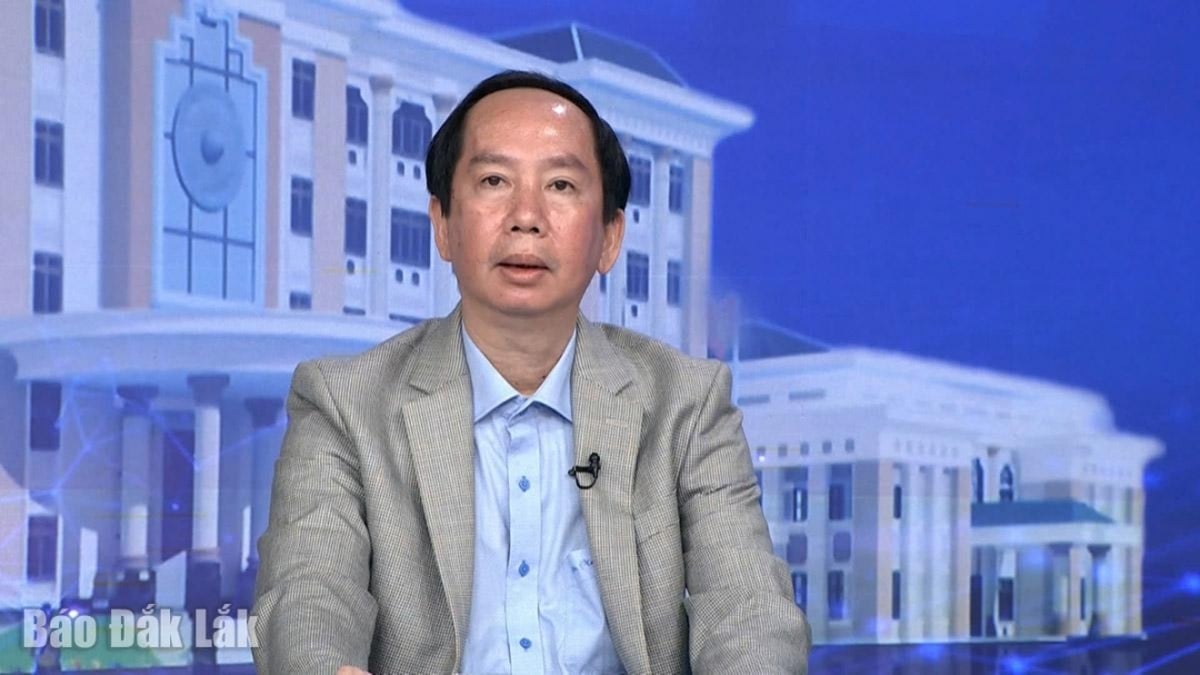
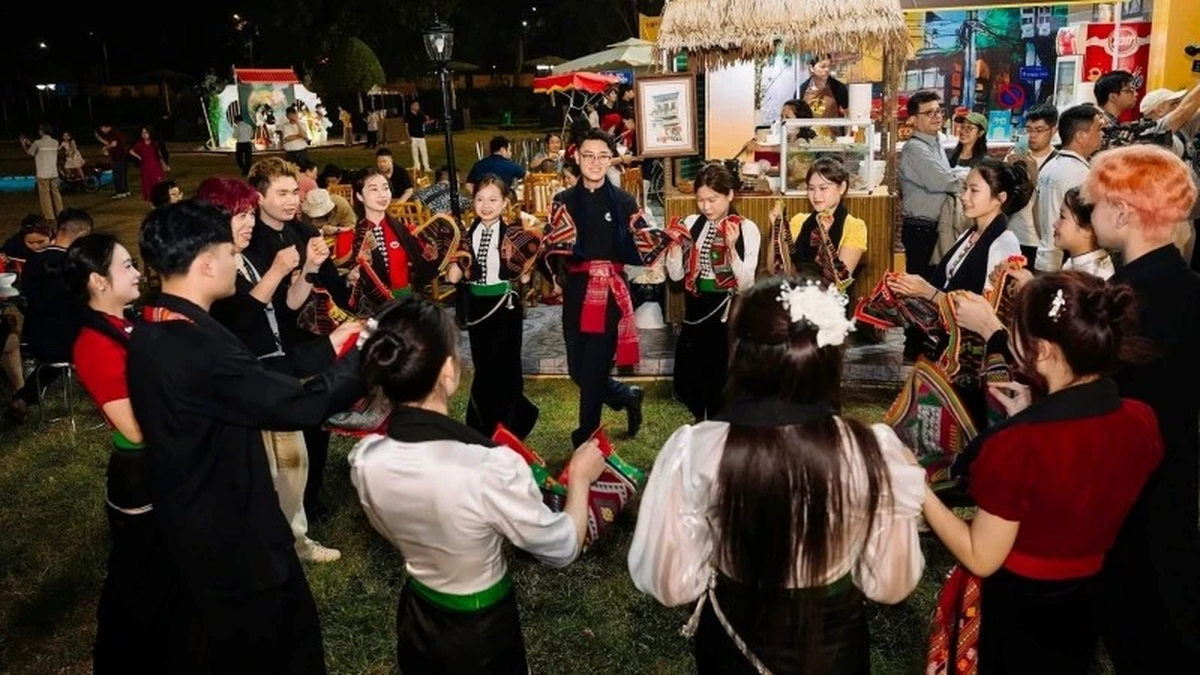
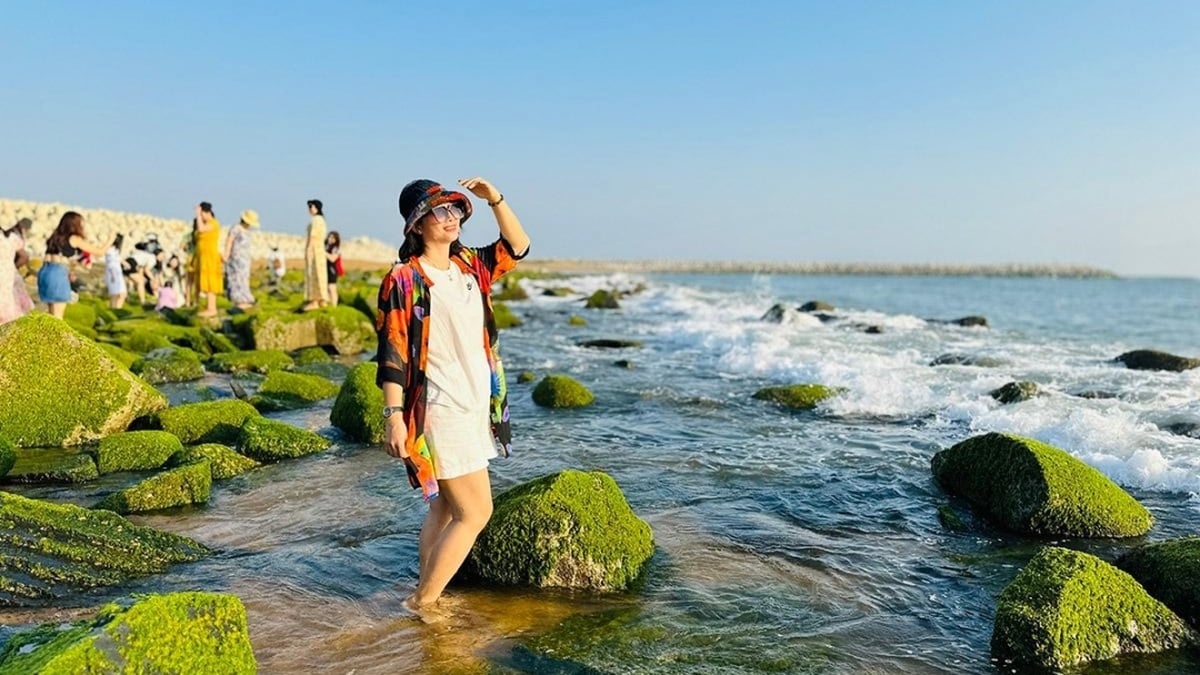
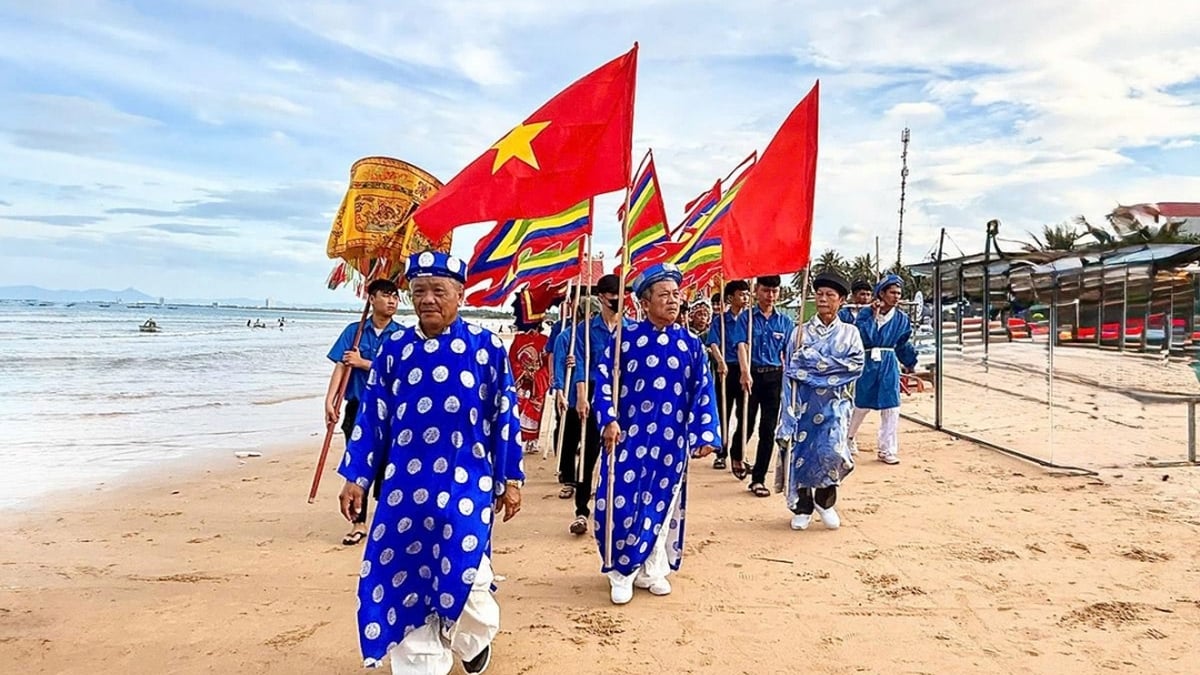
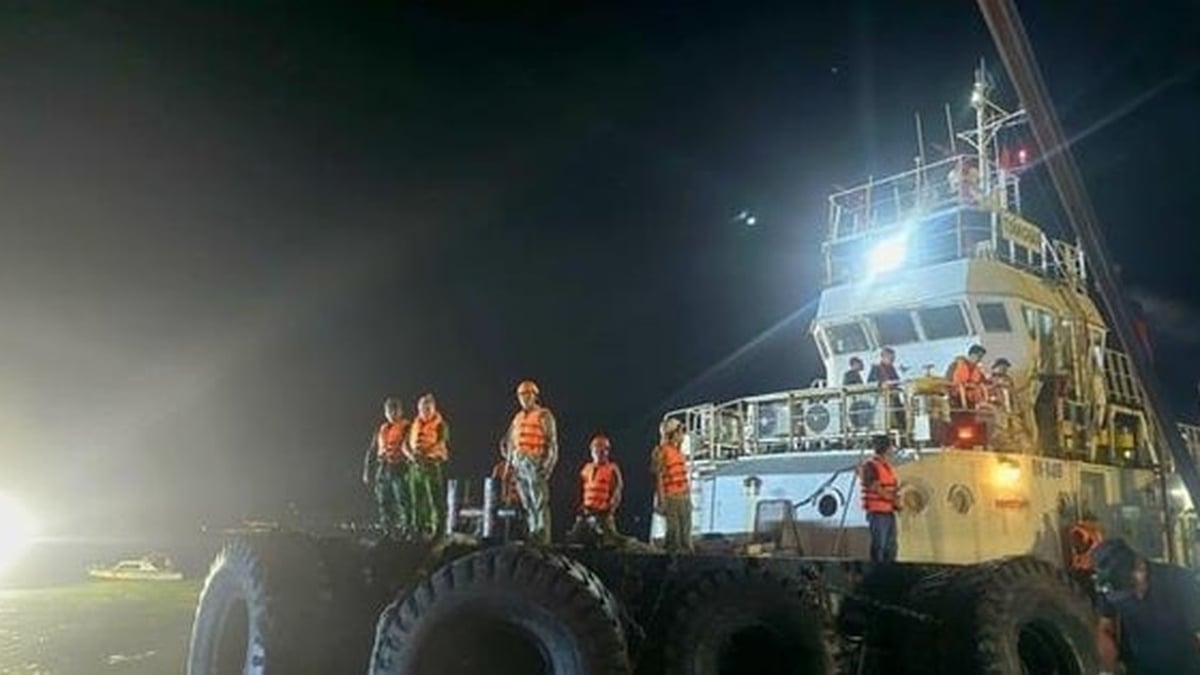
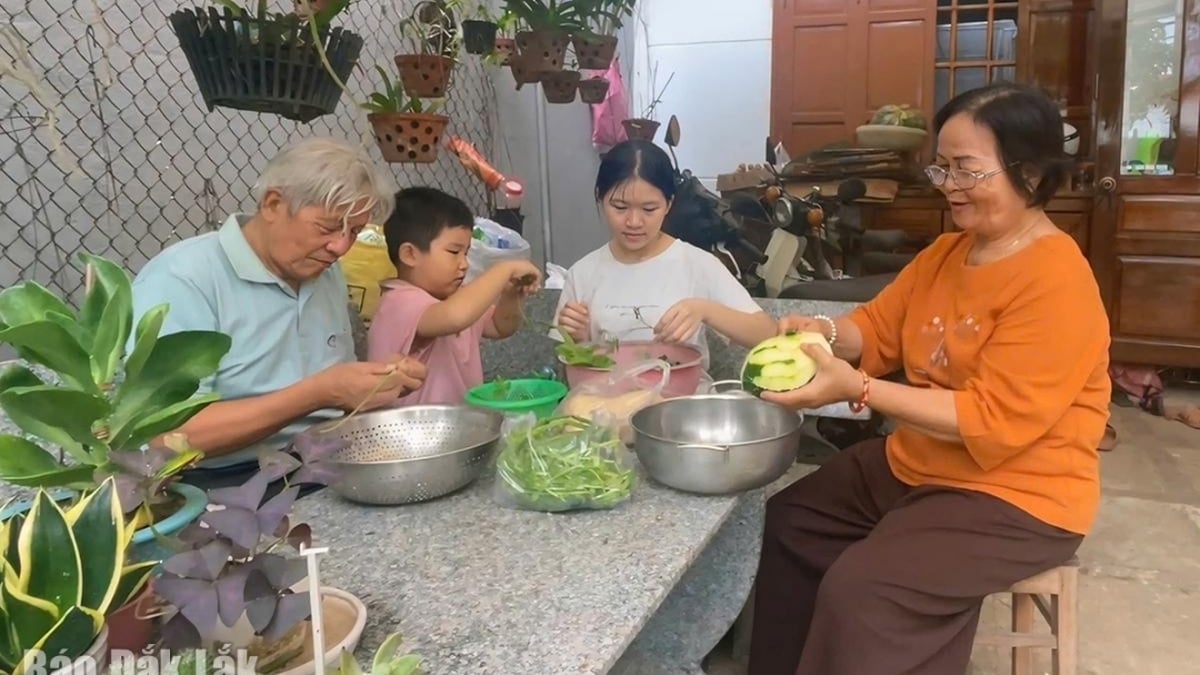
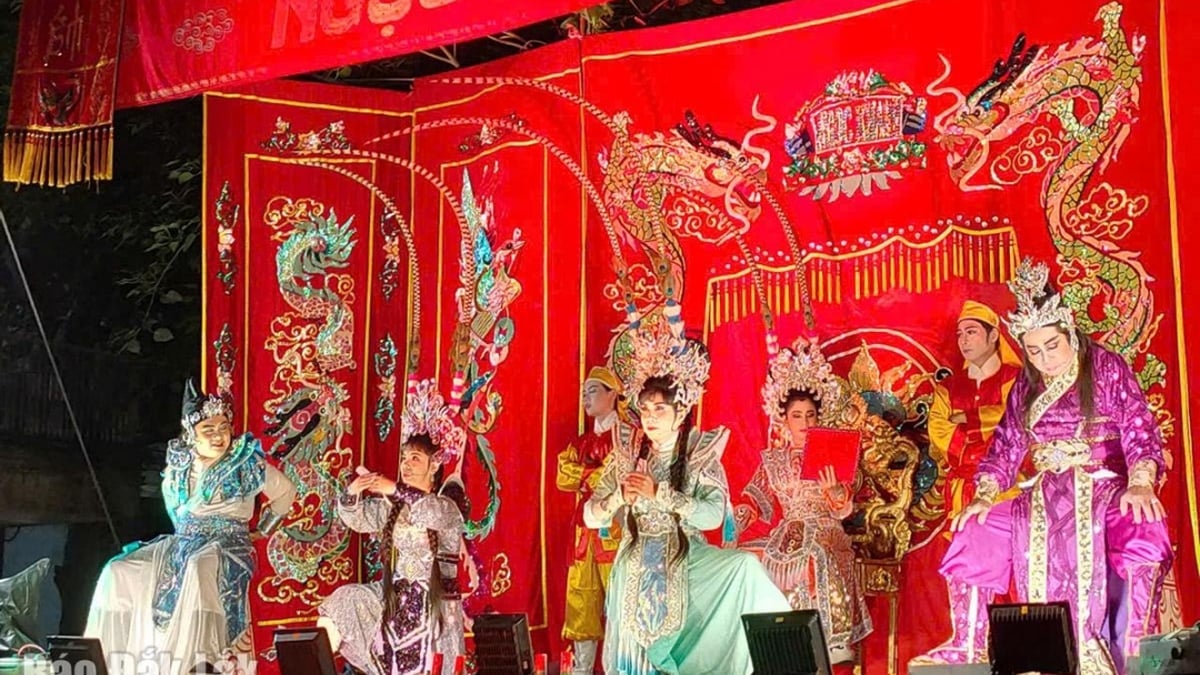
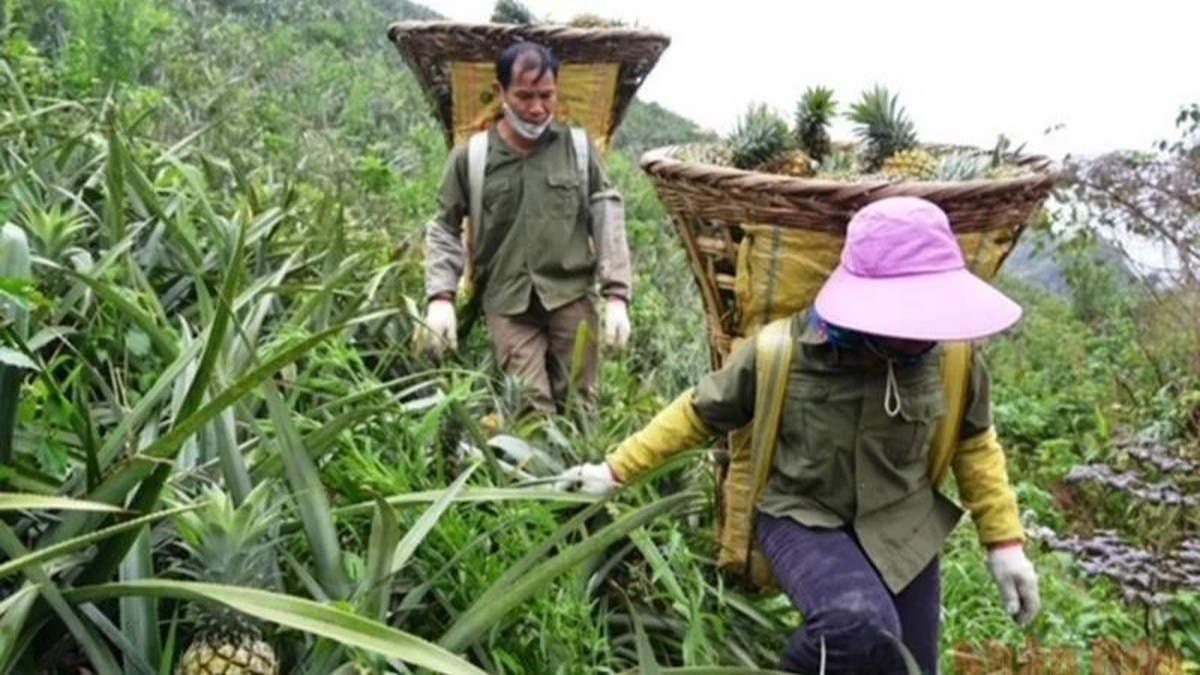

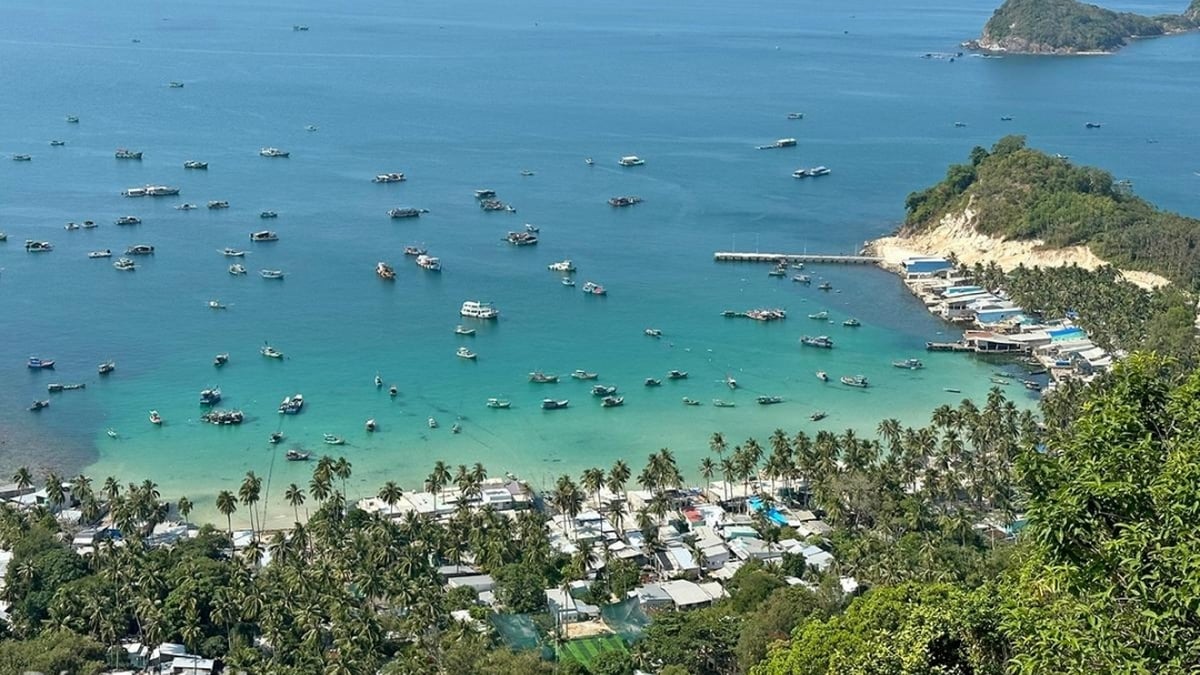





















































































Comment (0)